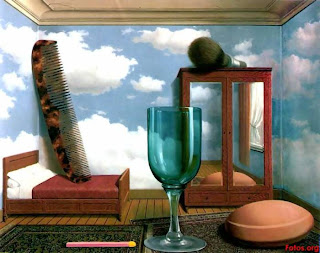Context:
This advertisement was made by the Innocent Smoothies company. It was created to advertise a new smoothie they made. This would be a very modern advertisement, I know this because of the techniques the creaters would have used. I believe that a digital camera was used to take pictures of the landscape, fruit and drink carton, and I think that Adobe Illustrator was used to add text to the picture. I have noticed that a 'chatty tone' has been used in the text on the advertisement for example where it says: 'You lucky old thing'. I think the purpose of this is so that anyone can relate to the advertisment.
Meaning:
The caption ('We crush all of this... into this:) at the top catches your attention straight away as it is in a large font and is made out to be pointing at the product and fruit with the use of the arrows. This is effective as it immediately draws our attention to the purpose of the advert; the smoothie. This large caption also informs us on how the product is made.
It think it is very clever how the most important text is in a small font and towards the bottom of the advert. This is because readers that want to know even more about the product will take their time to read more in-depth of how the product has been made.
Aesthetics:
The genre of art that I would associate this piece with is landscape photography. This is due to the background image, and the objects placed on the grass. I think that it is quite creative how they have displayed all of the fruit used in the smoothie, as a large pile of fruit as the amount will make people want to buy it, because that a healthy diet is essential. (This is a good sales technique).
Scale is an important factor with this advertisement. This is because different size proportions have been used to catch the publics attention. For example: the large pile of fruit makes the product seem more appealing as it is presenting to us the fact that the smoothie is full of a lot of fruit.
I like the way that bright colours have been used as this effects the publics mood while interpreting the advertisement; bright colours lift the public's mood, which could possibly make them want to buy the product.
Personal Response:
I think that this is a good advertisement as the colours used are all attractive as well as the images, scales and particularly the text at the top that caught my attention when I first saw it. These aspects allow the advert to look fun and interesting. My favourite aspect of this advertisemtn is the visual, rather than the written sections. This is because the bright colours were able to lift my mood, particularly on the landscape image; the blue sky and green grass and trees reminds me of the summer which also makes me feel positive.
































